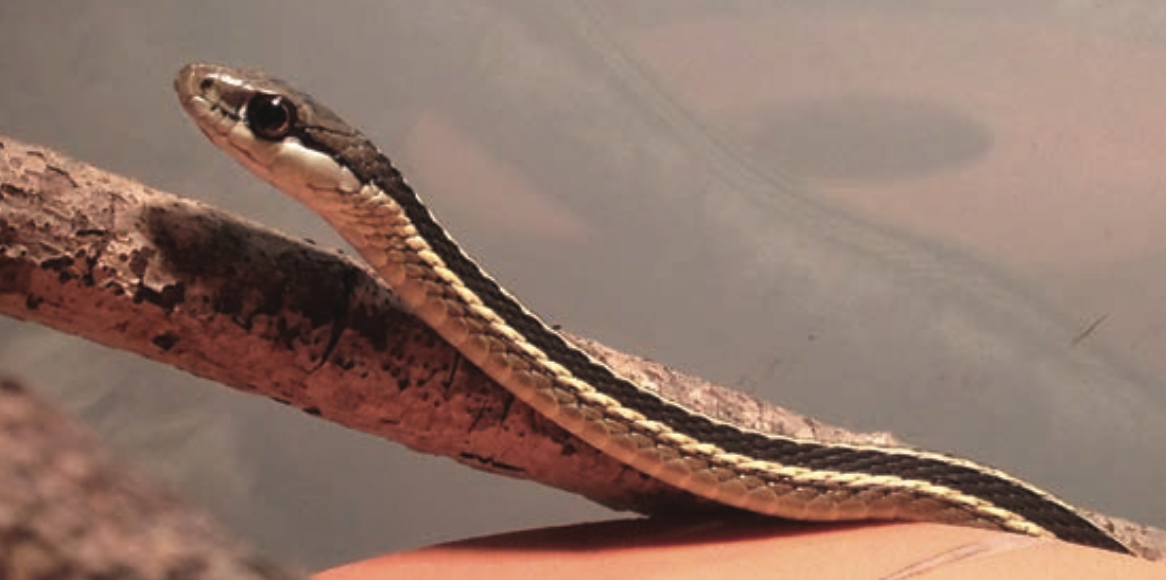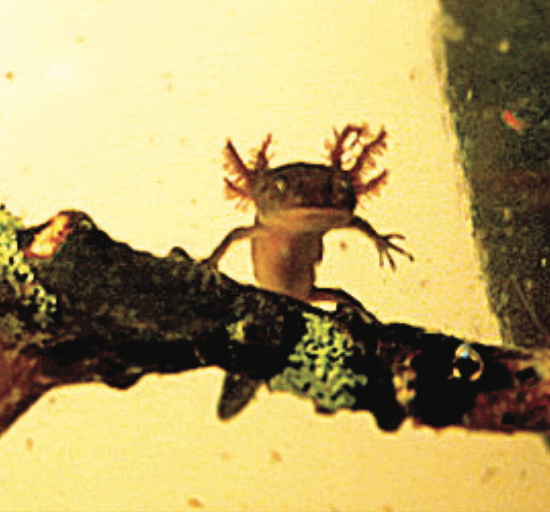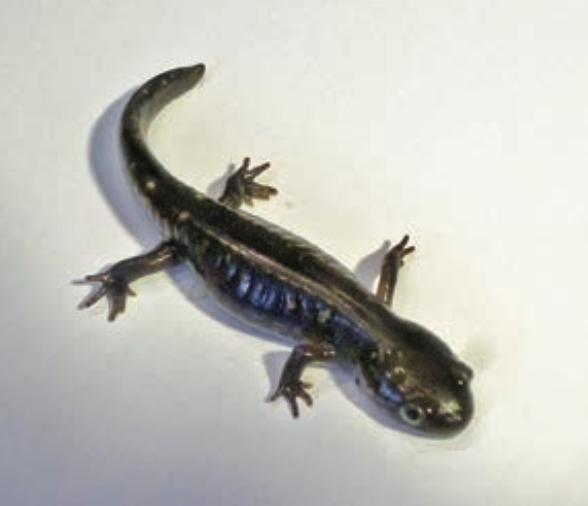- HOME
- Wildlife We Love
- Featured Creature
Cape Ann Vernal Pond TeamFeatured Creature
|
Spring Peeper
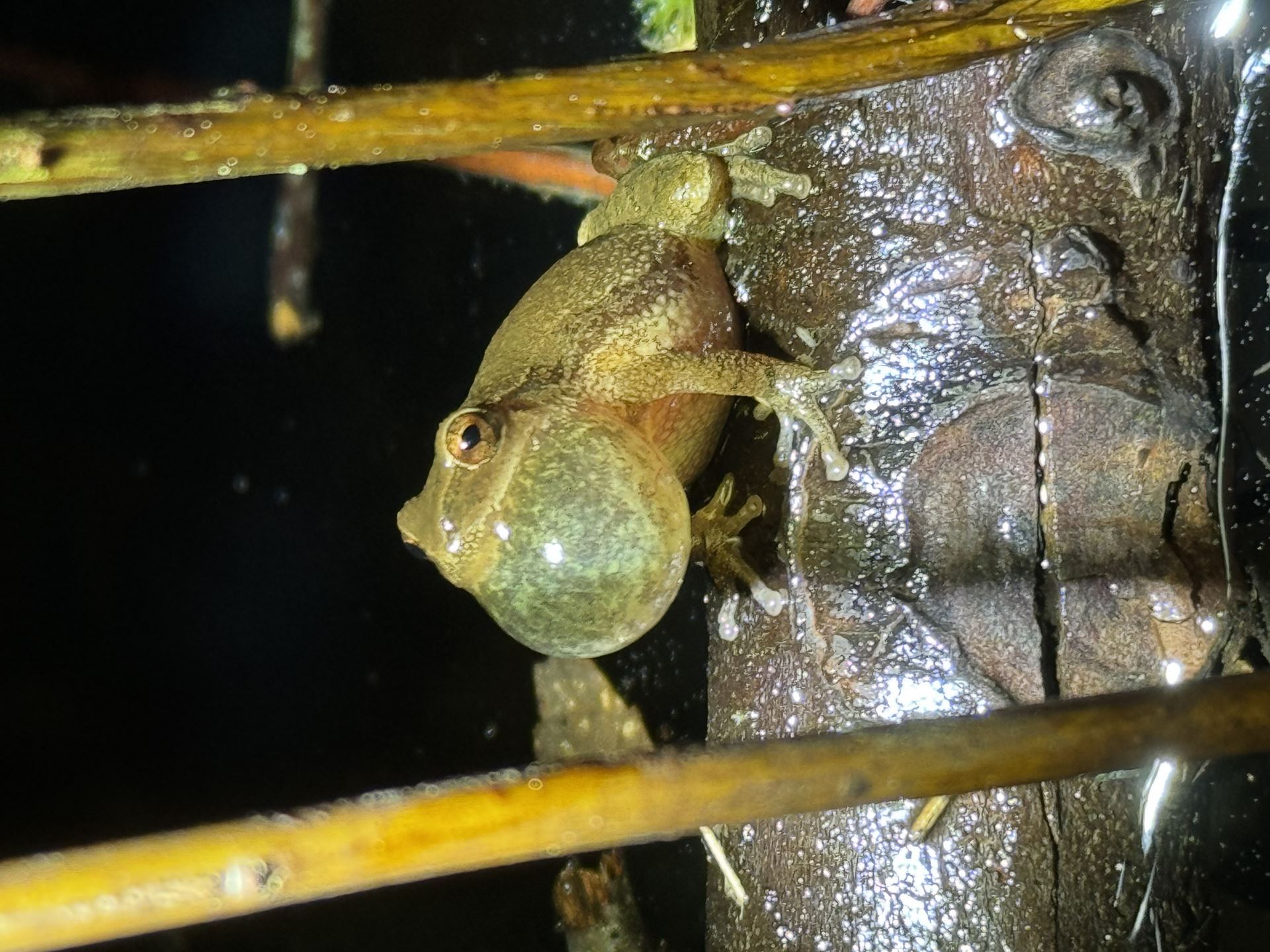
The male spring peeper singing for his mate
Common Name: Spring peeper
Scientific Name: Pseudacris crucifer
Features: About 1 inch long (small enough to fit in a bottle cap). Only weigh between 3 and 5 grams (about the weight of a nickel). They can be tan, brown, gray or olive colored with a dark cross on their back and dark bands on their legs.
Lifespan: The average lifespan for a spring peeper is 3 to 4 years.
Range: They are native to most of the central and eastern US and Canada.
Diet: Adults eat beetles, ants, flies, and spiders. Tadpoles graze on algae, decaying plant material and microorganisms in the water.
Threats: Tadpoles are preyed upon by predaceous beetles, dragonfly larvae and turtles. Larger frogs, snakes and birds are predators of adult spring peepers. The biggest threat to spring peepers is the loss of wetland habitat necessary for breeding and tadpole development.
Description:
- Habitat - Most of the year they are found in woodlands and marshy habitats.
- Abundance - Common in some localities.
- Breeding - Males call to attract females to breed during the spring once nighttime temperatures begin to rise. They breed in freshwater wetlands, including vernal ponds. The males crawl onto the female’s back and fertilize the eggs as she lays them.
- Egg deposition - Eggs can be laid in numbers of up to 1000 from a single female. The eggs hatch into tadpoles in 7 to 10 days depending on the temperature of the water. Tadpoles metamorphose into adults in about 5 to 8 weeks.
- Fun Facts -
- Pseudacris means false locust which refers to their insect-like call and crucifer refers to the cross-like mark on their backs.
- Spring peepers are able to survive temperatures as low as 17°F by producing glycerol which acts as a natural “antifreeze” preventing ice crystals from forming in their cells.
- Spring peepers are primarily nocturnal, meaning they come out at night, to help them avoid predators.
- A group of spring peepers is called an army.
The Peepers Call
Spring peepers begin to emerge once nighttime temperatures rise, signaling spring is approaching. The call of the male spring peeper is one of the loudest and most distinct sounds associated with spring. They are able to do this by expanding the vocal sack under their chin, like a balloon, and forcing air over their vocal cords. The mating call can be repeated as often as 20 times per minute and males often play off each other engaging in duos, trios, and quartets. The chorus of spring peeper calls is typically around 65 decibels, but within closer range it can reach 90 decibels. During mating season calling peeps are as loud as a leaf blower or a Guns N’ Roses concert!
Photograph by Emily Erickson
Marbled Salamander
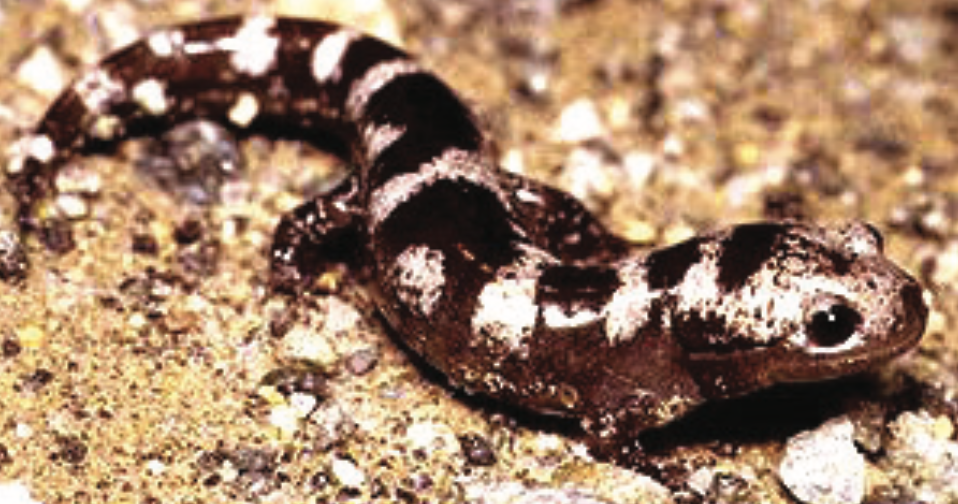
Marbled salamander
Common Name: Marbled salamander
Scientific Name: Ambystoma opacum
Size: Adults 11 cm (4 in)
Lifespan: 8-10+ years
Range: Eastern United States to Southern New England to Florida, and as far west as Illinois and Texas.
Diet: Salamander larvae eat small aquatic animals (zooplankton), adult salamanders eat terrestrial invertebrates, such as worms, insects, centipedes and mollusks (snails, slugs), larger salamanders will eat eggs and larvae of other amphibians.
- Habitat - Damp woodlands, forests, and places with soft wet soil. They are secretive, spending most of their life under logs or in burrows.
- Abundance - Uncommon, not found on Cape Ann. A threatened species in Massachusetts.
- Breeding - During the fall the adults migrate to dry vernal ponds. Eggs are laid singly in shallow depressions beneath surface materials. Females may brood eggs which usually hatch in fall or early winter when submerged.
- Similar Species - Other mole salamanders including spotted and blue spotted.
- Comments - Has a stocky build, boldly banded. Female’s bands tend to be grey while those of the male’s are mostly white. Nocturnal, not poisonous like other salamanders.
|
Cape Ann Vernal Pond Team * P.O. Box 39 * Gloucester, MA 01931 |

